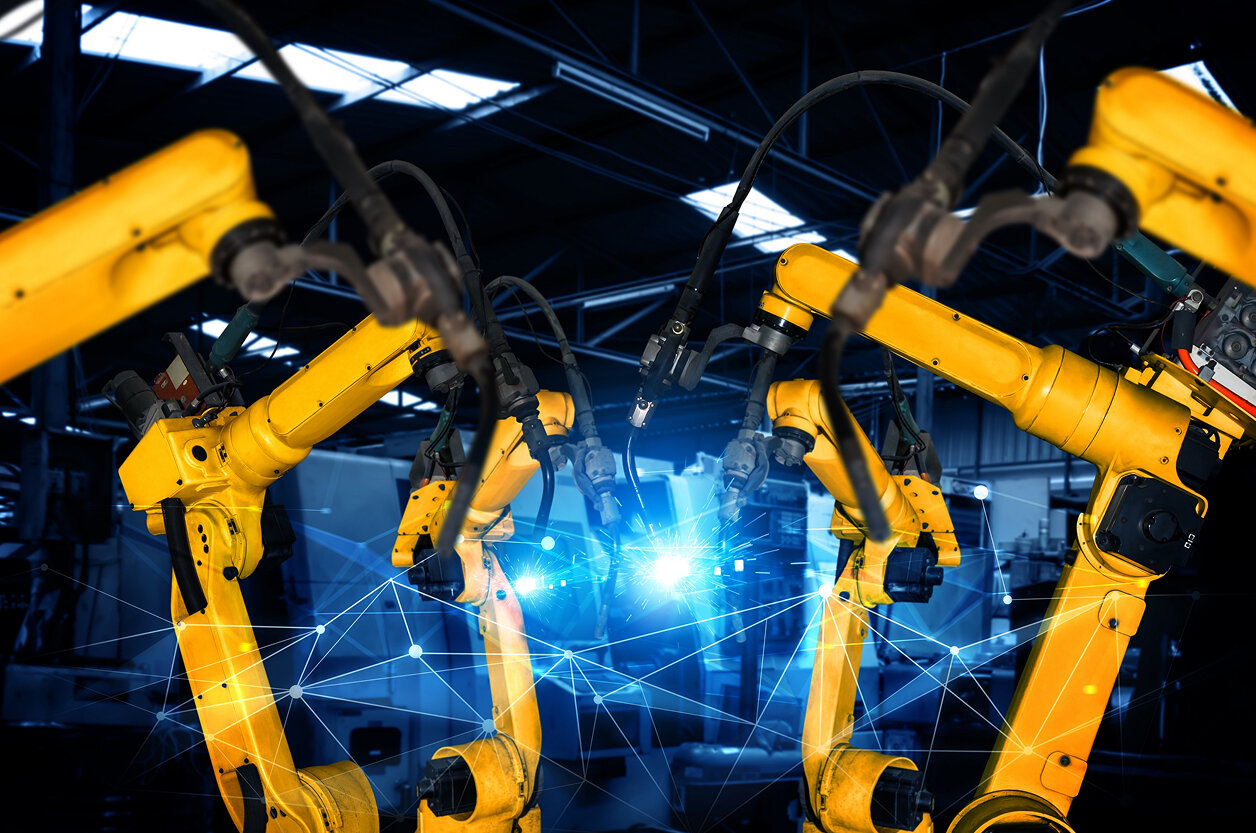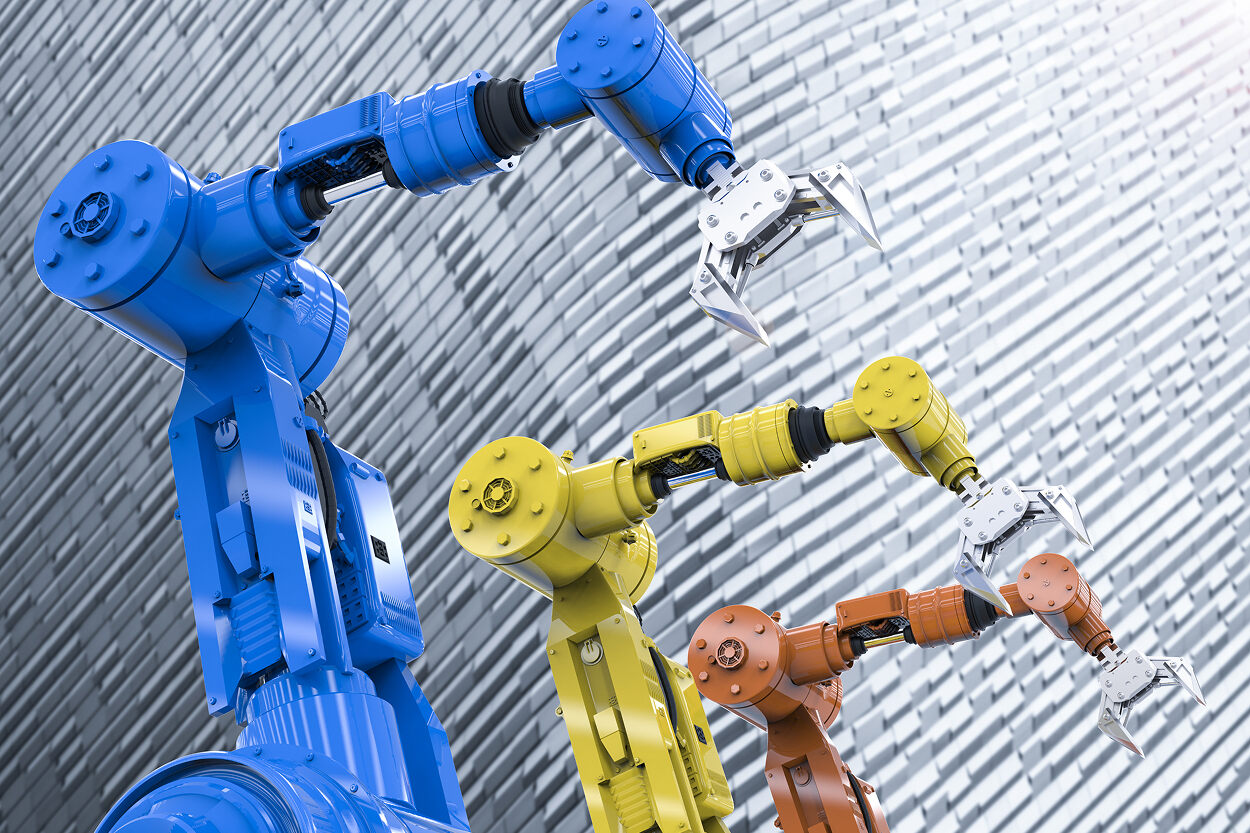Digital Twins for Robotics: Beyond Design into Continuous Performance Optimization

Digital twins started as virtual replicas to help engineers design and validate robotic systems before physical prototypes were built. But in 2025, their role is expanding far beyond the design phase. For robotics, digital twins are now becoming continuous performance optimization tools, enabling robots to learn, adapt, and evolve over their entire lifecycle.
This shift represents a major transformation in industrial automation, logistics, healthcare robotics, and even consumer devices. Instead of being a one-time simulation tool, the digital twin becomes a living, evolving counterpart to the physical robot, mirroring its operations in real time, analyzing performance, and suggesting improvements.
From design validation to continuous operation
Traditionally, digital twins were applied in the early design and testing stages of robotics projects. Engineers could:
- Simulate robot kinematics and dynamics.
- Test path planning in a safe virtual environment.
- Validate hardware choices before committing to expensive prototyping.
This reduced costs and shortened time-to-market. However, once the robot was deployed, the twin was often left unused or archived. In 2025, that mindset has changed. With the rise of IoT sensors, edge AI, and cloud robotics, twins now stay active during the operational life of robots.
This means that a robotic arm in an automotive plant or an autonomous mobile robot in a warehouse can have a twin running continuously, absorbing telemetry, analyzing deviations, predicting failures, and recommending optimizations.
Why continuous optimization matters
Robotic systems are not static. They operate in environments with variability, wear and tear, and evolving tasks. Traditional maintenance cycles often rely on reactive measures—fix the robot once it breaks or replace components after a set schedule.
A digital twin enables:
- Predictive maintenance: identifying early warning signs before downtime.
- Adaptive control: tweaking control algorithms in response to changing loads or environments.
- Energy optimization: reducing power draw without sacrificing performance.
- Learning from fleets: twins across multiple robots can aggregate insights, improving performance collectively.
For example, in logistics, a fleet of automated guided vehicles (AGVs) may share their digital twin data. If one vehicle encounters a problem in navigation due to a floor surface change, the optimization can be propagated across the entire fleet.
How digital twins for robotics work in 2025
The workflow for digital twins in robotics today typically includes:
- Data capture
Robots are equipped with sensors (IMUs, cameras, torque sensors, encoders, vibration monitors). These feed data streams into the twin.
- Real-time synchronization
Cloud or edge platforms mirror the robot’s state in real time, updating the twin with movement, load, and system parameters.
- Analysis and modeling
AI models inside the twin detect deviations, inefficiencies, or potential risks. This includes predictive maintenance alerts, optimization suggestions, or anomaly detection.
- Feedback loop
The twin provides recommendations back to the physical robot, sometimes adjusting control strategies autonomously.
- Lifecycle management
Even after deployment, the twin evolves with firmware upgrades, task changes, and environmental shifts, ensuring long-term efficiency.
Real-world use cases
1. Industrial robotics
A robotic welding arm in automotive production streams vibration and temperature data into its digital twin. The twin detects a gradual misalignment in the arm’s joints, predicting a calibration issue before it affects weld quality. Maintenance can be scheduled proactively, avoiding defective batches.
2. Healthcare robotics
Surgical robots with digital twins allow continuous skill optimization. Twins analyze tool precision, force feedback, and patient safety metrics. Surgeons can review twin data post-operation to improve outcomes, while manufacturers refine hardware/software updates.
3. Agricultural robotics
Autonomous tractors and harvesters send field condition data into digital twins. Twins simulate soil interactions, wheel traction, and crop handling, suggesting adjustments for better energy efficiency and yield optimization.
4. Logistics and warehouse automation
AGVs and robotic arms for parcel sorting rely on digital twins to coordinate fleets. Twins detect traffic bottlenecks in real time, simulate alternate routing strategies, and reduce idle times by 15–20%.
5. Humanoid robots and service robotics
In customer-facing robots, twins help optimize gestures, responses, and power use. Twins can simulate thousands of customer interaction scenarios, refining speech and body language models over time.
Embedded design challenges
To make digital twins practical for real-time robotic optimization, engineers face several embedded design challenges:
- Data bandwidth: Synchronizing large amounts of sensor data requires edge compression and prioritization.
- Compute limits: Embedded AI must process twin updates in real time without draining power.
- Model fidelity vs. efficiency: Twins must be accurate enough to reflect physical performance but efficient enough to run on constrained systems.
- Standardization: Interoperability between robotic platforms and twin ecosystems remains limited.
- Security: Twins mirror sensitive operational data. If compromised, they can expose critical vulnerabilities.

AI as the engine of robotic twins
Artificial intelligence underpins the effectiveness of digital twins for robotics in 2025. AI helps in:
- Pattern recognition: Detecting anomalies in joint torques or motion patterns.
- Predictive analytics: Estimating when components will fail.
- Optimization: Tuning parameters for energy and speed trade-offs.
- Simulation acceleration: Using AI-based physics approximations to run simulations faster than real time.
AI-driven twins move from being descriptive replicas to prescriptive and even autonomous optimizers, making them central to the future of robotic system design and operation.
Economic impact
The shift from design-only twins to continuous optimization tools creates significant economic value:
- Reduced downtime: Predictive maintenance saves millions in manufacturing.
- Longer robot lifespan: Components are replaced only when needed, not on rigid schedules.
- Improved throughput: Real-time optimization boosts cycle times by 5–15%.
- Lower energy costs: Twins identify inefficiencies in power usage.
- Smarter scaling: Data aggregated from fleets enables collective intelligence.
Companies that integrate digital twins at scale are expected to see double-digit improvements in OEE (Overall Equipment Effectiveness) by 2027.
Outlook: the future of digital twins in robotics
- Short term (2025): Twins focus on predictive maintenance and performance tuning.
- Mid term (2026–2028): Twins become collaborative, aggregating data from fleets to optimize group behavior.
- Long term (2030+): Twins merge with self-learning robotics, becoming inseparable from the robot’s AI brain, essentially creating dual entities—physical and digital—that evolve together.
This convergence will push robotics into new territory: autonomous adaptation not just to tasks, but to entire ecosystems of machines and humans.
AI Overview: Digital Twins for Robotics
Digital Twins for Robotics — Overview (2025)
Digital twins are evolving from design tools into real-time performance optimizers for robotics. They synchronize sensor data, analyze deviations, and continuously fine-tune robotic behavior, ensuring higher reliability and efficiency.
Key Applications:
Industrial robots for predictive maintenance, AGV fleet coordination, surgical robots, agricultural machinery, service robots.
Benefits:
Reduced downtime, extended robot lifespan, optimized energy use, adaptive control, fleet-wide learning.
Challenges:
High data bandwidth requirements, embedded compute constraints, lack of standardization, cybersecurity risks.
Outlook:
- Short term: predictive maintenance and performance tuning.
- Mid term: fleet-level optimization and cross-robot intelligence.
- Long term: digital twins fully integrated with self-learning robots, forming physical-digital ecosystems.
Related Terms: robotic simulation, predictive robotics, lifecycle twin, AI-driven optimization, real-time digital twins.
Our Case Studies






